01.Introduction
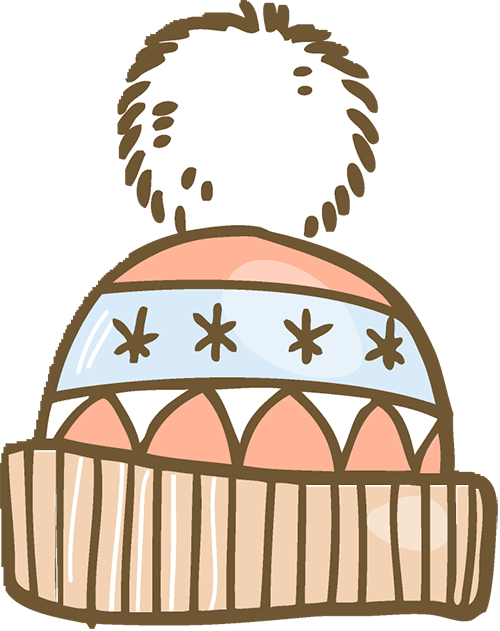
Ginseng (Ren Shen), a perennial herb of the Araliaceae family, is also known as Huang Shen (Yellow Ginseng), Di Jing (Earth Essence), and Shen Cao (Divine Herb). It is one of the renowned “Three Treasures of Northeast China” and is honored as the “King of Herbs”.
Ginseng grows to about 60 cm in height, with palmate compound leaves that are arranged in whorls of 3 to 6 at the top of the stem. The leaflets number 3 to 5, with younger plants typically having fewer leaflets, often just 3. The umbel inflorescence is solitary at the top of the stem, containing 30 to 50 flowers that are pale yellow-green. The fruit is spherical and bright red, measuring 6 to 7 mm in diameter. The medicinal part is the root of the ginseng.
02.Origin and Evolution

Ginseng is a relic plant native to China, originating in the Paleozoic Era during the Tertiary period. This plant has been used as a precious medicinal material in Chinese folk medicine for thousands of years. China is not only the first country to discover ginseng but also the first to document and consume it in writing. According to the “Oracle Bone Script Collection”, the character for “shen” appeared in oracle bone inscriptions from the Shang Dynasty, dating back 3500 years. Research indicates that the Taihang Mountain range and Changbai Mountain range are the origins of ginseng. During the Southern and Northern Dynasties, Tao Hongjing recorded in the “Famous Physicians’ Record” that “ginseng grows in the valleys of Shangdang and Liaodong”. Historical texts such as the “History of the Khitan State” and the “History of the Jin State” document that after the Tang and Song Dynasties, ginseng became a tribute offered by the Northeast ethnic minorities to the feudal emperors.
03.Current Status and Impact on Humanity

01.

Current Status
Ginseng prefers a cool, moist climate and typically grows in mixed coniferous and broadleaf forests or deciduous forests on gentle slopes or hills at altitudes of 500 to 1100 meters, where the temperature difference between day and night is small. The main countries cultivating ginseng include China, South Korea, North Korea, Japan, and Russia. China has the highest production of cultivated ginseng, accounting for about 70% of the world’s total output.
Due to environmental factors, ginseng cultivation in China is primarily concentrated in the three northeastern provinces. The production of ginseng in Northeast China accounts for over 90% of the national total, with Jilin Province having the largest cultivation area due to its suitable growing conditions along the Changbai Mountain range.
02.

Impact on Humanity
1. Medicinal Value
Experimental studies have shown that ginsenosides (Ren Shen Jiao) in ginseng have anti-aging, anti-depressant, anti-Alzheimer’s, anti-atherosclerotic, anti-osteoarthritis, and anti-tumor effects.
2. Cultural Value
Ginseng has a long history of discovery and use in China. Many ancient medical texts contain records about ginseng. As early as the Han Dynasty, the “Shennong Bencao Jing” stated: “It is sweet and slightly cold, mainly nourishing the five organs, calming the spirit, stabilizing the soul, stopping palpitations, eliminating evil qi, brightening the eyes, and enhancing intelligence. Long-term use promotes longevity.” During the Southern and Northern Dynasties, the physician Tao Hongjing recorded in the “Bencao Jing Jizhu”: “Ginseng is slightly warm, non-toxic, also known as divine herb, earth essence, and blood ginseng; those resembling a human form are divine. It grows in Shangdang and Liaodong.” There are also many poems about ginseng: Tang poet Duan Chengshi’s “To Zhou Yao Seeking Ginseng” states, “Few can write well, yet many doctors cannot call it. The nine-stem immortal herb is truly hard to find, the five-leaf spirit root is a blessing.” Song Dynasty poet Su Shi not only enjoyed eating ginseng but also personally cultivated it. In his poem “Five Odes of the Small Garden: Ginseng”, he wrote: “Transplanting roots to Luofu, watering with clear water.”
04. Related Stories

A long time ago, there was a Yunmeng Mountain in Shandong, where there was a Yunmeng Temple with two monks. The old monk was indifferent to chanting scriptures and worshiping Buddha on the mountain, often descending to eat, drink, and have fun, while he mistreated the young monk, making the little disciple emaciated. Later, whenever the old monk descended the mountain, a child wearing a red apron would help the young monk with his work; when the old monk returned to the temple, the child would disappear. Over time, the young monk’s complexion became rosy, and he could finish any amount of work. The old monk, feeling curious, interrogated him and learned that a child was assisting him. The old monk suspected it was the divine herb’s effect, so he had the young monk pin a needle with a red thread on the child’s apron. The next day, when the old monk descended the mountain, the child came again, and the young monk, fearing punishment, complied. On the third morning, the old monk locked the young monk in the room and followed the red thread to search, eventually finding the needle by a red pine tree. He was overjoyed and vigorously dug, and indeed unearthed two “ginseng children”. The old monk placed the “ginseng children” in a pot, covered it with a stone, and instructed the young monk to light a fire to cook. Just then, an old friend of the monk came to invite him down the mountain. Before leaving, the old monk repeatedly cautioned the young monk: “If I do not return, do not uncover the pot!” After the master left, a fragrant aroma wafted from the pot, and the curious young monk uncovered the lid, only to find a large divine herb inside. It tasted exceptionally sweet. Unknowingly, the young monk finished the divine herb and drank all the broth. When the old monk returned and saw this scene, he was furious and chased after the young monk. The young monk ran a few steps and then floated into the air. The old monk regretted it too late, realizing it was the effect of the “ginseng child” on the young monk.
05.Related Images

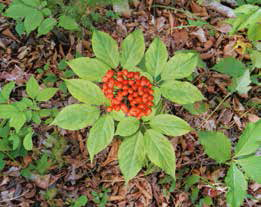
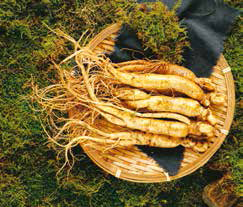
This article is excerpted from “100 Species of Organisms Impacting Humanity” edited by Liu Cangshan (published by China Science and Technology Press in 2022).
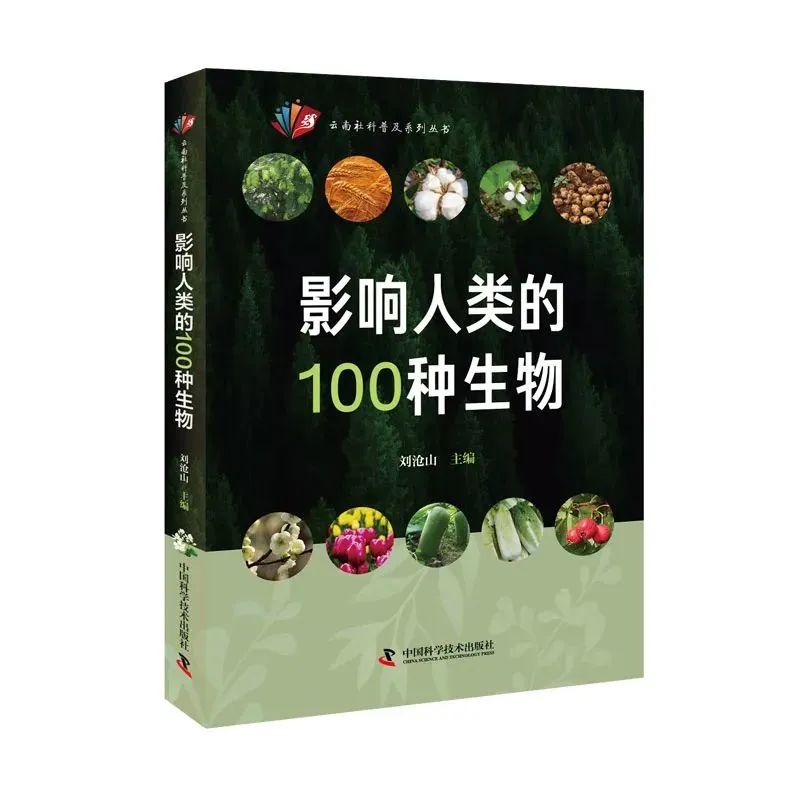
Previous Recommendations
-
The Hybridization of Rice and Food Security Autonomy
-
National Debut! Why Are You Born So Great?
-
In the New Era, Why Was the “Chinese Farmers’ Harvest Festival” Established?

This issue was edited by: Li Xinpei
—”Helping You Learn” Series Recommendations—
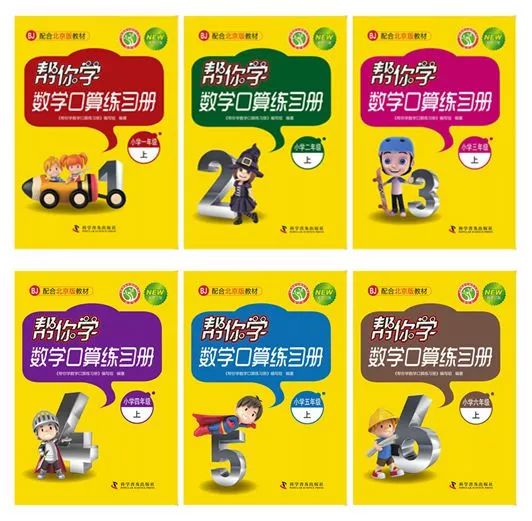
For purchases, please scan the QR code in the image
Follow the prompts to enter the store and search for the book title
“Helping You Learn: Mental Calculation Practice Workbook”
—Public Account Recommendations—
Qiqi Science Museum (ID:qiqukexueguan)
— Fun knowledge is all here —

Typesetting Editor: Yang Yang
If you have any suggestions or questions regarding the “Helping You Learn” series workbooks, feel free to add
Helping You Learn QQ▼
3521580158
You can also long-press the QR code below to follow us and leave a message for inquiries.


Helping You Learn Series Helping You Learn Network
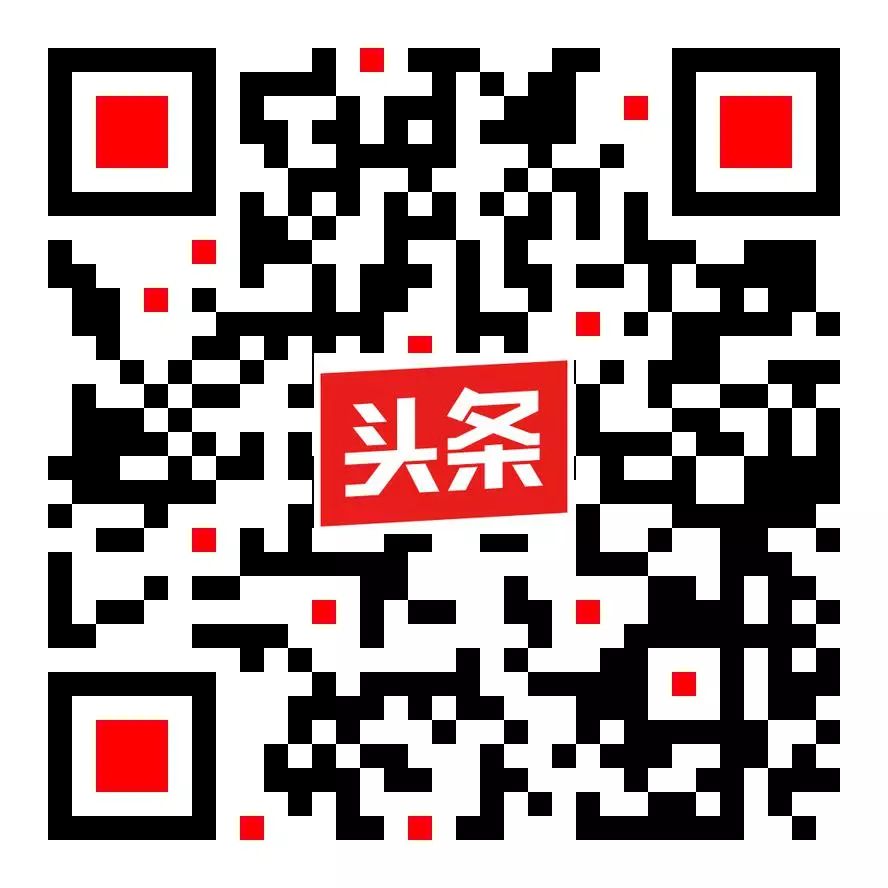
Helping You Learn Network Headline

Helping You Learn Network Weibo
For more book purchases, please search for related information on online stores such as Beijing Hanhai Book Market and JD flagship store.
Beijing General Agent: No. 16, Tianshuiyuan North Lane, Chaoyang District, Beijing, 2nd Floor, Book Market, No. 212, Wholesale and Retail.

